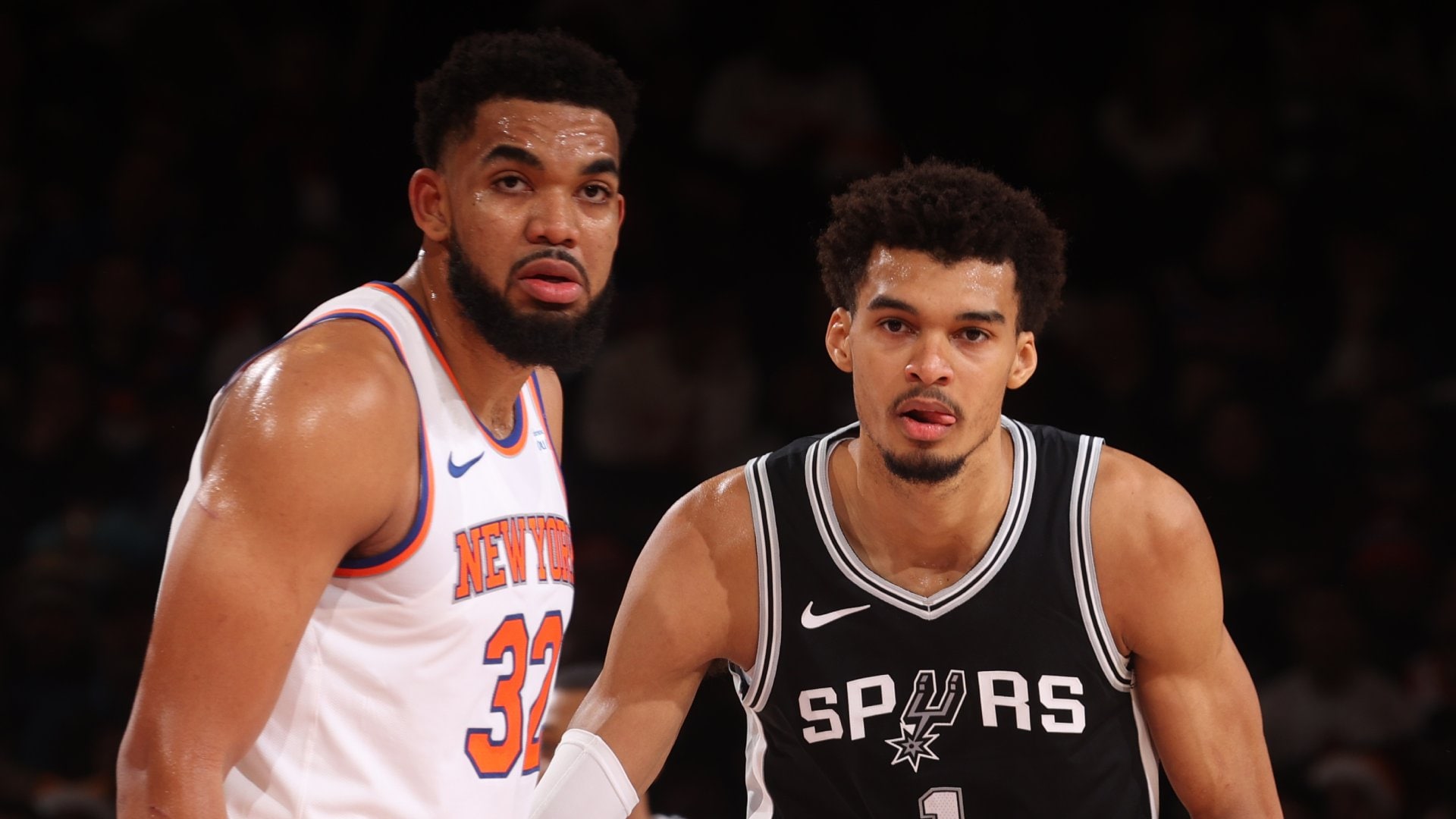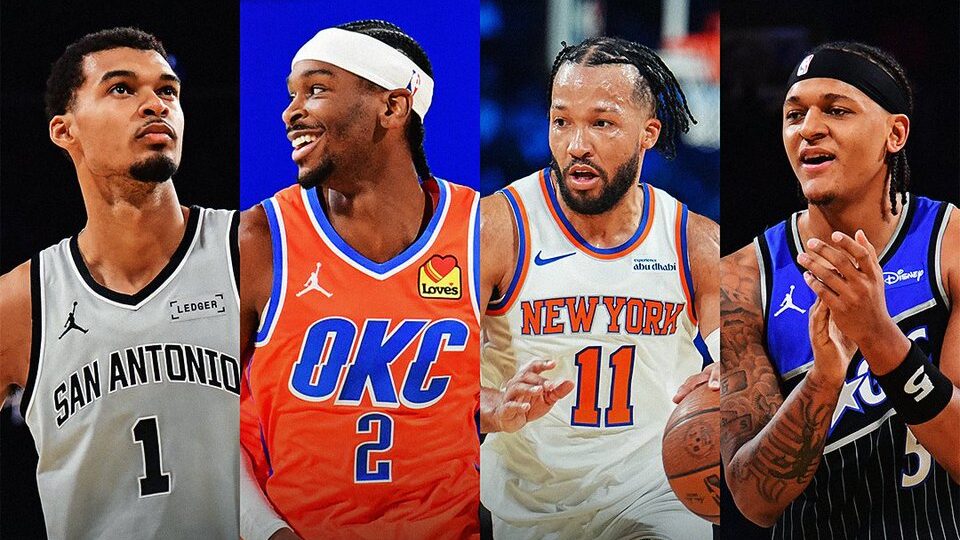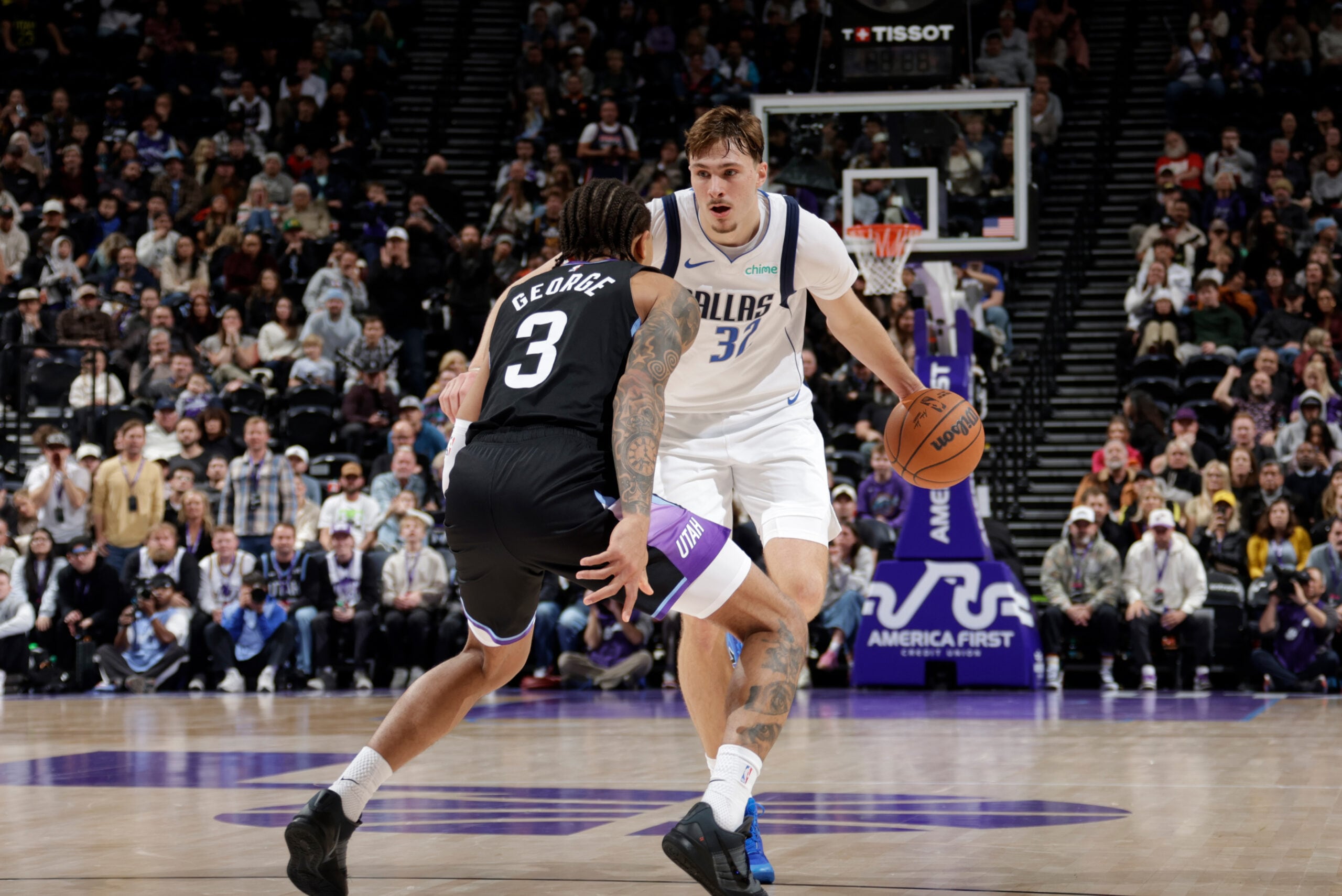
The Denver Nuggets have a mixed bag of a roster.
They have a young core of seven players under the age of 23. Six of those guys were taken with top-20 picks in the Draft, and the other one – Nikola Jokic – is the best player in the group.
But Denver also has a handful of useful veterans under the age of 30. Will Barton, Wilson Chandler, Kenneth Faried and Danilo Gallinari could all contribute to winning teams.
The Nuggets are not a winning team. In his first year and a half in Denver, head coach Mike Malone has been unable to make this mix work. After finishing 11th in the Western Conference at 33-49 last season, the Nuggets are on pace for even fewer wins this year. They’ve taken a step forward on one end of the floor, but a bigger step backward on the other end.
In mid-December, the Nuggets made Jokic their starting center. That sparked a 5-2 stretch, in which they played their best offense of the season, that put them in a tie for eighth place in the Western Conference.
But since then, they’ve lost five straight games, allowing more than 121 points per 100 possessions and falling to 30th in defensive efficiency.
The Basics – Denver Nuggets (14-23)
Pace: 100.6 (5th)
OffRtg: 105.9 (12th)
DefRtg: 110.2 (30th)
NetRtg: -4.3 (24th)
Nuggets links: Team stats | Player stats | Player shooting | Lineups
The Nuggets have taken that five-game losing streak to London, where they will play the Indiana Pacers, who have a five-game winning streak, in the NBA Global Games on Thursday (3 p.m. ET, NBA TV).
Here are a few numbers to know about the Nuggets’ season thus far …
No. 1
The Nuggets have forced just 11.7 turnovers per 100 possessions, the lowest rate in NBA history.
The league started counting turnovers in 1977. In the 40 years since, league-wide turnover rate has generally trended down.
This season, it’s at an all-time low of 14.1 turnovers per 100 possessions, a big drop from 14.6 last season. So, vs. the league average, the Nuggets (-2.5) have just the 20th lowest opponent turnover rate of the last 40 years. Last season’s Knicks (-2.8) and Bulls (-2.6) are among the 19 teams with a bigger discrepancy.
The most important thing you can do defensively is force your opponent to miss shots. And the No. 1 defense in the league (Utah) ranks 28th in forcing turnovers. The team that ranks 29th in opponent turnover rate (Charlotte) is also in the top 10 in defensive efficiency.
According to SportVU, Utah and Denver are at the top of the league in regard to the percentage of time that the ball-handler shoots when coming off a ball-screen, a result of conservative pick-and-roll schemes where the big defender sags back in the paint. Against Utah, ball-handlers have shot 29.0 percent of the time. Against Denver, 28.6 percent of the time. Charlotte is in the middle of the pack in that regard at 23.6 percent. (Milwaukee is at the other end of the spectrum at just 18.6 percent.)
But both the Jazz and the Hornets make of for not forcing turnovers by protecting the rim. They rank first and second in opponent field goal percentage in the restricted area.
That conservative scheme has allowed the Nuggets to rank high in regard to preventing the most efficient shots. Only 61 percent of their opponents’ shots have come from the restricted area or 3-point range, the fifth lowest rate in the league. But they rank 22nd in opponent field goal percentage in the restricted area, having allowed their opponents to shoot 62.1 percent there, and their opponents have shot above the league average from everywhere else on the floor too.
Though the Nuggets have the fifth best shot location defense, they have the sixth worst opponent effective field goal percentage at 52.6 percent.
Their league-low opponent turnover rate is a symptom of a defense that doesn’t have a lot of bite. According to SportVU, Denver is at the bottom of the league in regard to ball pressure.
You can get away with not forcing a lot of turnovers if you contest shots well. The Nuggets do neither.
No. 2
The Nuggets have grabbed 53.6 percent of available rebounds, the best mark in the league.
The one thing the Nuggets do well defensively is rebound. They rebound well on the other end of the floor, too. Denver is the only team that ranks in the top five in both offensive and defensive rebounding percentage.

Like turnover rate, league-wide offensive rebounding percentage has been trending down for a while, as coaches value transition defense more than second opportunities. At 23.4 percent, league-wide offensive rebounding percentage is at an all-time low. But there’s value in an offensive board in you can turn it into second chance points efficiently and if you can still get back on defense.
The Nuggets have scored 1.21 second chance points per offensive rebound. That’s much more efficient than how well they score on the initial play, but is below the league-average (1.26) in regard to converting offensive rebounds into second chance points. So, while they rank No. 1 in rebounding percentage, they’re third (behind Chicago and Detroit) in second-chance point differential per game at 3.3.
More important is that the Nuggets’ transition defense is not good. According to SportVU, 14.3 percent of their opponents’ shots have come in the first six seconds of the shot clock. That’s the fifth highest rate in the league.
League-wide, effective field goal percentage is 60.9 percent in the first seconds of the shot clock and only 49.6 percent thereafter. A good defense starts with preventing those early shots and the Nuggets’ bad defense has started with not preventing them.
No. 3
The Nuggets have been 9.7 points per 100 possessions better with Jokic on the floor than with him on the bench.
Denver has been outscored by 118 points this season, but is a plus-40 with Jokic on the floor. The biggest difference has been on offense, where the Nuggets have scored 110.0 points per 100 possessions (a rate which would rank fifth in the league) with Jokic on the floor and just 102.4 (a rate which would rank 21st) with him on the bench.
Among 206 players who have taken at least 200 shots this season, Jokic ranks sixth in effective field goal percentage (60.8 percent) and fourth in true shooting percentage (64.4 percent). He’s the Nuggets’ most efficient scorer.
He’s also one of their best passers. Among their rotation players, only Jameer Nelson (30.0 percent) has assisted on a higher percentage of his possessions than Jokic (24.1 percent). Jokic has a higher usage rate and a lower turnover rate than Nelson, and the Nuggets have assisted on a much higher percentage of their baskets with Jokic on the floor (63.0 percent) than they have with him on the bench (54.7 percent).
Defense is an issue, though. The Nuggets have been better defensively with Jokic on the floor, but have still allowed 109.0 points per 100 possessions in those minutes. Among the 50 players who have defended at least five shots at the rim per game, Jokic ranks as the worst rim protector, having allowed opponents to shoot 58.4 percent while he was there.
The Nuggets have been good, both offensively and defensively, with both Jokic and Kenneth Faried on the floor together, but they’ve been just the team’s 41st most-used two-man combination, having played just 147 minutes together.

John Schuhmann is a staff writer for NBA.com. You can e-mail him here, find his archive here and follow him on Twitter.
The views on this page do not necessarily reflect the views of the NBA, its clubs or Turner Broadcasting.









